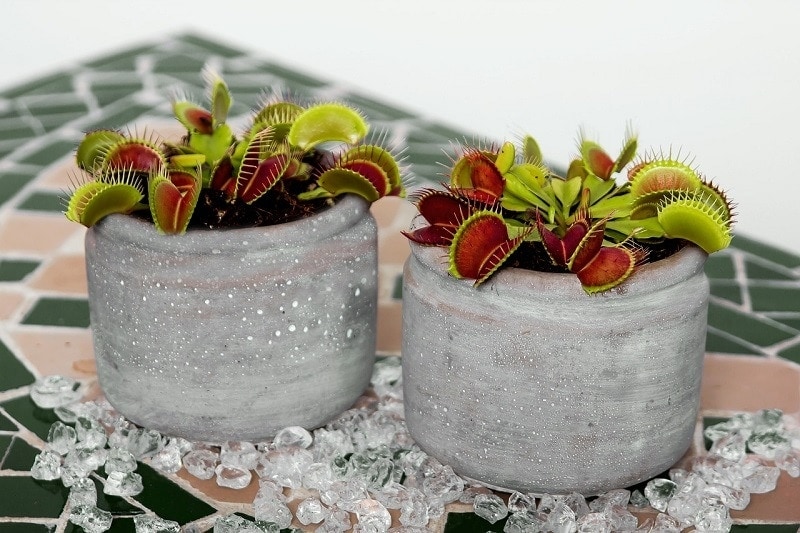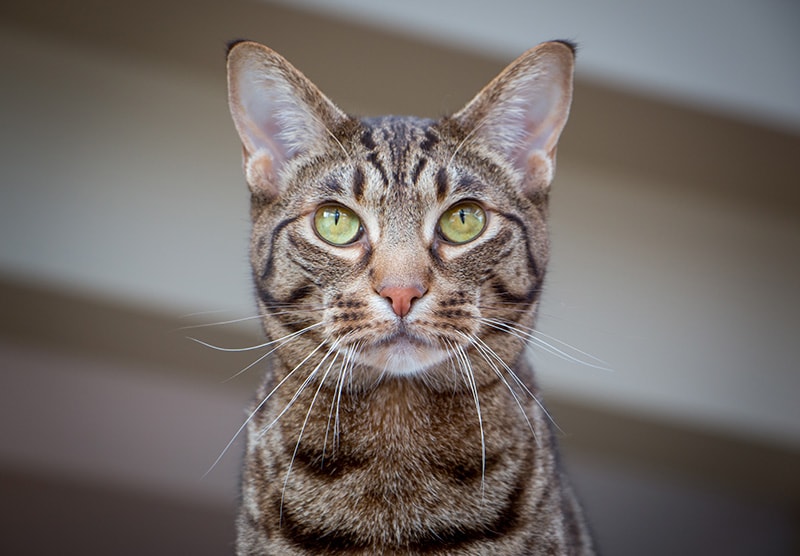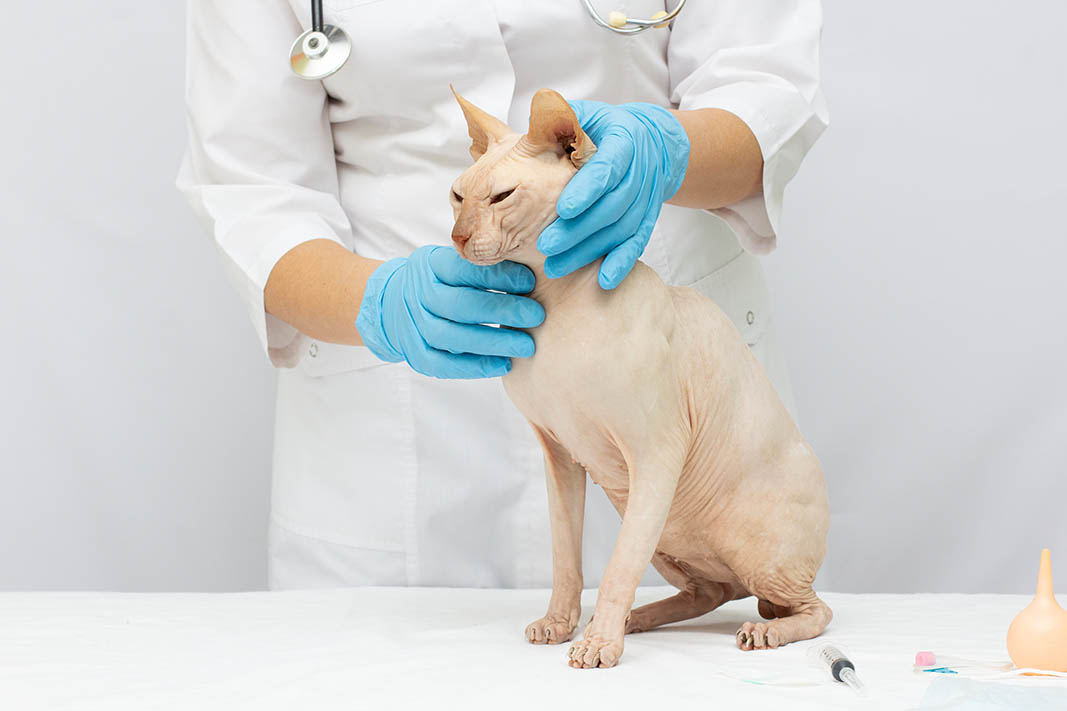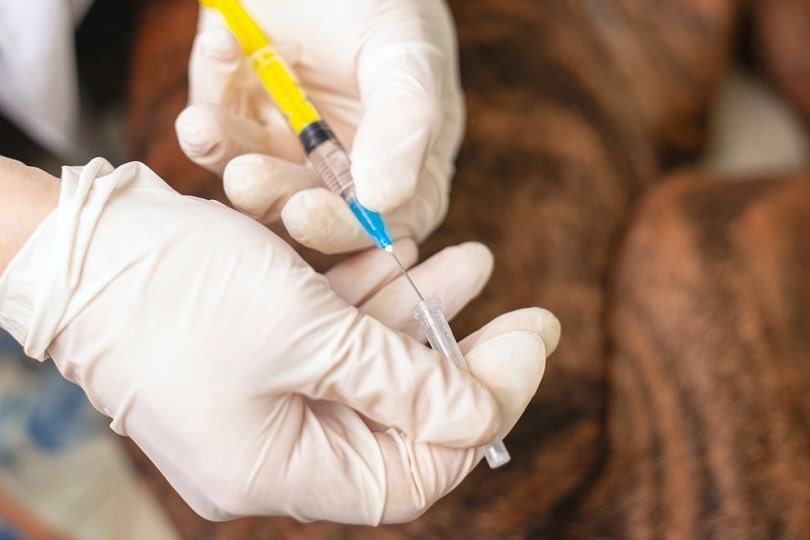Are Peonies Poisonous to Cats? Vet-Approved Facts
Updated on

Peonies are beautiful, enormous flowers that grace many of our gardens. They have a lovely scent, come in various pretty colors, and can live for up to a century. While you’re enjoying your peonies, however, you might also be wondering about the safety of your cats. Are peonies toxic to felines?
Unfortunately, as delicate-looking as these flowers are, peonies are toxic to cats. While they can indeed make your cats sick, the good news is that the poisoning is rarely fatal. Vomiting, diarrhea, and depression are the most common signs.
Here, we discuss the peony and how peony poisoning will affect cats. We also go over methods that you can use that should (hopefully) keep your cat away from these flowers.
A Little About the Peony

Peonies are currently native to Europe, Asia, and North America, but they date back to 1,000 B.C. in China. They are perennials, so you can enjoy their blooms every year, and if you live till you’re 100, you can enjoy them for the rest of your life!
They bloom in late spring and for usually about 7 weeks (commonly, they bloom from the middle of May to late June).
- Tree peonies
- Herbaceous peonies
- Intersectional/Itoh peonies (essentially a cross between the first two)
- Semi-double
- Double
- Single
- Anemone
- Japanese
- Bomb
The different flowers come in various colors and fragrances, and there are over 200 varieties of peonies to choose from. The most common colors are pink and white, but there are also red, orange, yellow, and even purple peonies.
Why Are Peonies Toxic to Cats?

Both the ASPCA and the Pet Poison Helpline list the peony as toxic for pets. Peonies contain paeonol, a toxin particularly concentrated in the bark but that can be found in all parts of the plant. It has been used as a medicine in China and Japan because it is an anti-inflammatory, anti-fungal, and antibacterial ingredient.
However, this compound is toxic for cats, dogs, and horses. If a small amount of paeonol is ingested, the signs tend to be mild, but higher amounts can lead to more pronounced signs in your pet.
What Are the Signs of Peony Poisoning?
If your cat has ingested part of a peony plant, the following are clinical signs that your cat might exhibit:
- Vomiting
- Depression
- Diarrhea
- Loss of appetite
- Drooling
- Increased heart rate
- Allergic reaction
- Incoordination
- Dilated pupils
- Weakness
If you suspect that your cat has eaten a peony or another toxic plant and is exhibiting one or more of these symptoms, you should immediately go to your vet or an emergency clinic. While eating a peony doesn’t typically prove fatal, if the symptoms go on for too long, your cat can become dehydrated or deteriorate very quickly.
What Should You Do If Your Cat Eats a Peony?
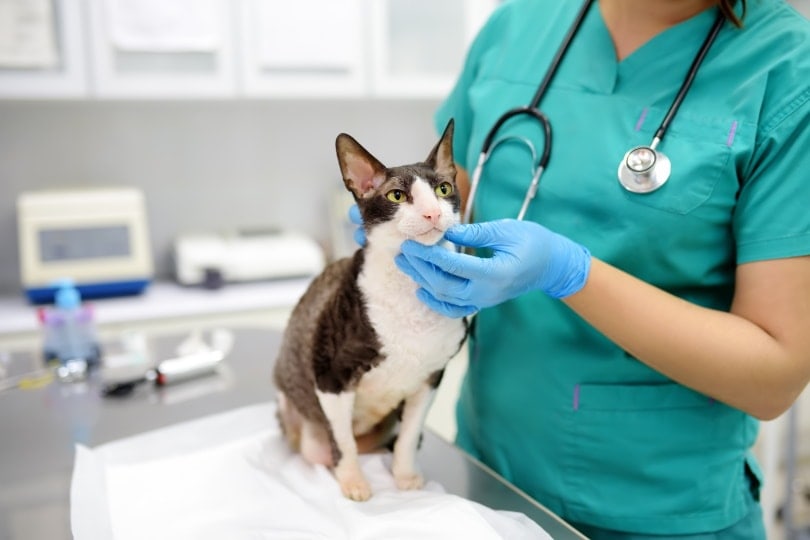
The first thing that you should do is remove your cat from the peonies if they are still munching on them and clean any undigested parts of the plant from their mouth and fur. Be aware that you shouldn’t induce vomiting in your cat in any way. That is something best left to a veterinarian.
If you know for a fact that your cat has eaten a toxic plant, take them to your vet right away instead of waiting for the signs to manifest. If you didn’t actually see your cat eat the plant, but they are showing signs of illness, check the plant for teeth marks and your cat’s teeth for any plant matter.
You should also bring part of the plant with you or at least know its name when you take your cat to the vet or clinic. This way, the vet will be able to give the right treatment to your kitty. You can also bring anything that your cat has vomited in a plastic baggie, in case you’re not sure what has caused your cat’s illness.
How Will Your Vet Provide Treatment for Peony Poisoning?
Most of the signs of peony poisoning should clear up on their own within 12 to 24 hours. Your vet might need to treat any dehydration that your cat might have endured if there was vomiting and diarrhea with the use of intravenous fluids.
If your cat is still experiencing stomach upset, your vet might provide medication to help stop it. If your cat ate a large amount of the peony, more extreme measures might be taken. In very rare cases, your vet might need to pump your cat’s stomach (gastric lavage) or induce vomiting if your cat hasn’t actually vomited the peony.
How Can You Help Your Cat Recover From Peony Poisoning?
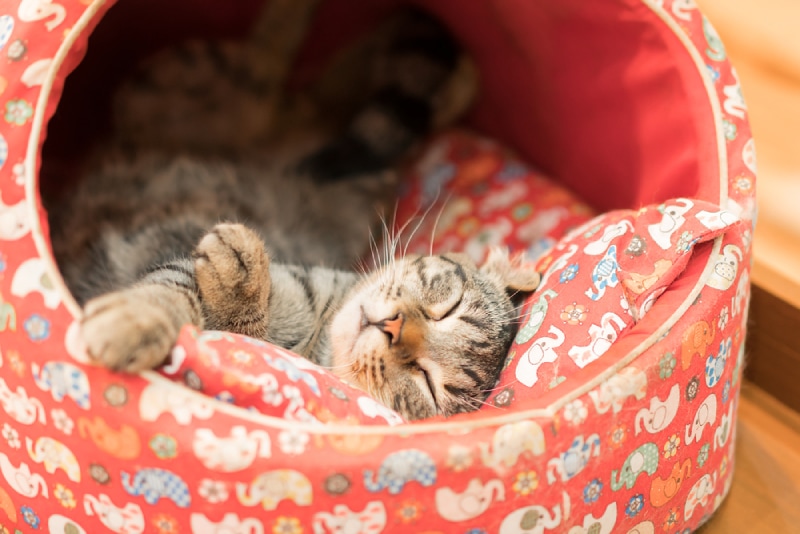
The first thing to do is to visit your vet and follow their advice in detail. Once your cat is ready to return home, one of the most important things that you can do for your cat is to give them space and time to recover. Ensure that your cat’s environment is stress-free by keeping it as quiet as possible and making sure your cat is being left alone. This means keeping other pets and children away from your cat until they are feeling better.
However, if your cat comes looking for attention, be sure to give it to them!
How Can You Keep Your Cat Away From Peonies?
The most effective measure that you can take is to get rid of your peonies. Since these plants are primarily grown outside, this probably means you have an outdoor cat, which also means you can’t keep a constant watch on them. Removing your peonies will remove the problem.
Another option is to set up a space in your garden designed specifically for your cat, which can help draw them away from the peonies. Give them a sand-filled litter box, a fountain, cat grass, and catnip, and they might have no interest in any of your other plants.
Conclusion
Once you remove your peonies, check out the ASPCA list of toxic and non-toxic plants to seek out replacements. This way, you can choose the safest plants for your cat for your garden.
If you suspect that your cat has eaten something toxic, don’t hesitate to contact your vet immediately. You can also call the Pet Poison Helpline at 1-855-764-7661 or the Animal Poison Control at 1-888-426-4435.
Peony poisoning isn’t usually serious, but you should protect your cat against any potentially harmful plant. Your best bet is to find plants that are beautiful but still safe for your cat, and then everyone will be happy!
Related Reads:
Featured Image Credit: Nile, Pixabay





